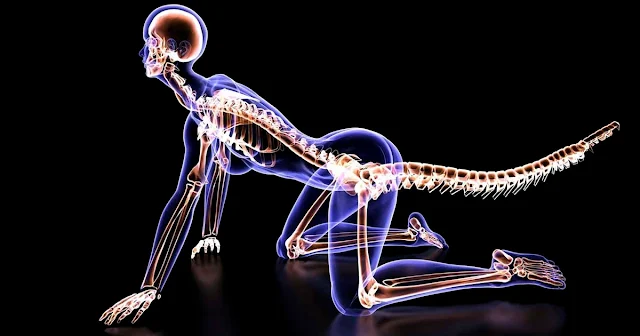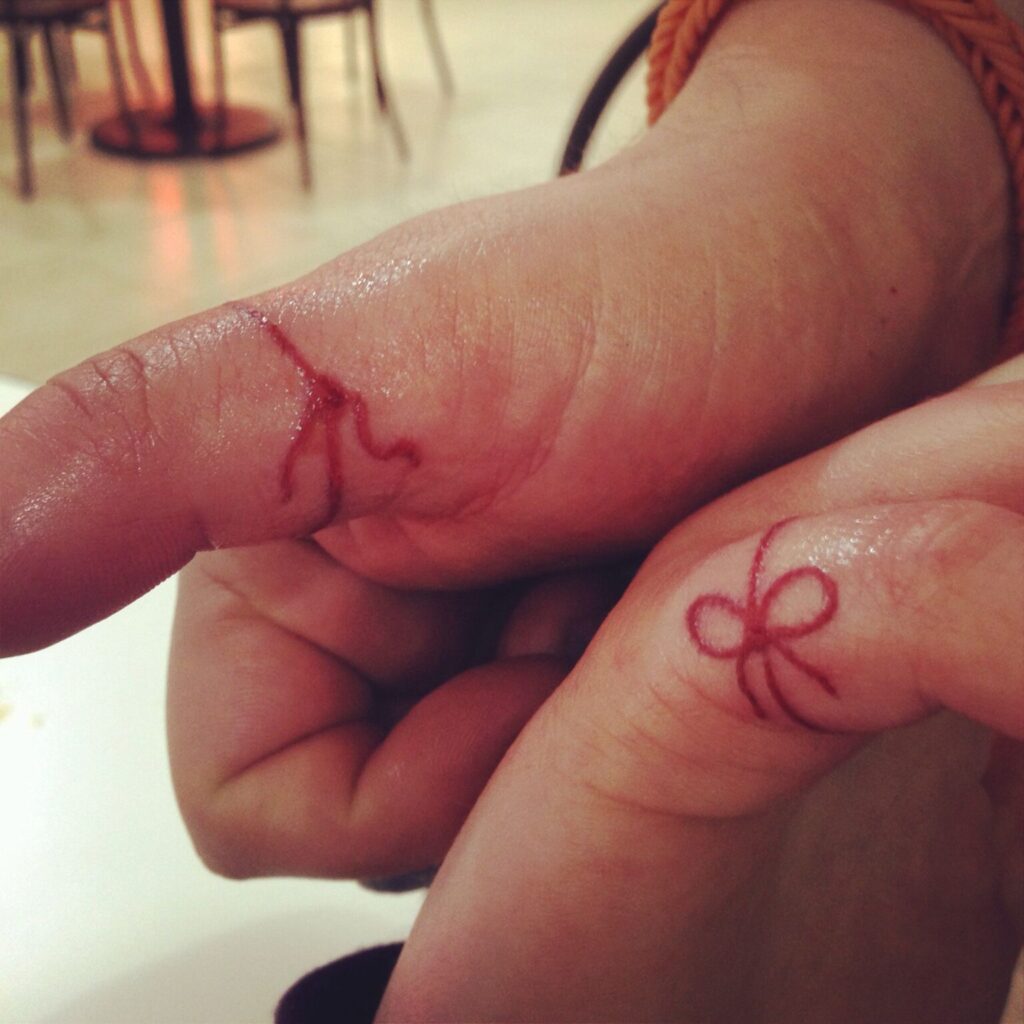One of the most remarkable changes in human evolution is the loss of our tails, a transformation that occurred around 25 million years ago. This pivotal shift not only altered the trajectory of our species but also marked a significant moment in the evolutionary history of primates. While scientists have long speculated on why humans lost their tails, the genetic cause has remained elusive—until now. A recent study published in Nature has finally uncovered the genetic factors responsible for this evolutionary change.

The Quest to Understand Tail Loss
The journey to unravel the mystery of human tail loss began in an unexpected way. Bo Xia, a graduate student at New York University, was inspired to investigate the origins of the human tailbone after injuring his own coccyx. This personal curiosity led Xia and his team to embark on a groundbreaking scientific investigation.
Through careful research, the team focused on the TBXT gene, which plays a crucial role in regulating tail length in various species. Their research revealed a unique genetic mutation within this gene, providing a major breakthrough in understanding human evolution.
The Role of Jumping Genes
A key aspect of this discovery lies in the role of Alu elements, often called “jumping genes.” These genetic elements, specific to primates, can move within the genome and cause significant changes. The researchers found that Alu elements inserted themselves into the TBXT gene, triggering a chain reaction that led to the loss of our tails.
This insertion activated a process known as alternative splicing, where RNA molecules are cut and restructured, which ultimately led to the deletion of a crucial exon. This change altered the structure and function of the resulting protein, leading to the tail loss seen in humans.
Validation Through Mice Studies
To confirm their findings, the researchers engineered laboratory mice with the same genetic mutations found in humans and apes. These genetically altered mice lost their tails, providing compelling evidence that the identified mutation plays a crucial role in the absence of tails in humans and other primates.
However, the study also uncovered a downside to tail loss: an increased risk of neural tube defects, such as spina bifida. This finding highlights the complex balance between evolutionary benefits and potential genetic trade-offs.
The Broader Implications
This discovery has profound implications not just for understanding human evolution, but also for human anatomy and health. The loss of our tails was not a random event but a genetic adaptation with lasting consequences. It illustrates the complex relationship between genetic changes and the way they shape our physiology over time.
As we continue to study our evolutionary past, these findings remind us of the intricate process of natural selection and genetic innovation that has shaped humanity. This breakthrough also underscores the power of scientific inquiry in uncovering the mysteries of our origins, offering insight into the past that can help us understand our future.
The identification of the genetic reasons behind tail loss is a testament to the persistence of scientific exploration and the ongoing quest for knowledge about our evolutionary journey.
If You See Someone With This Tattoo On Their Hand, Here’s What It Means

The meanings that various people attach to their tattoos and other body art can vary greatly. Certain places celebrate things that other places wouldn’t tolerate.
For instance, a sigil or symbol that has significant meaning in one location may appear to be a collection of haphazard squiggles in another.
It’s probably reasonable to assume that for as long as humans have existed, people have used their appearance to express themselves and transmit messages.
You most likely don’t live on an isolated island because tattoos are a common sight for most individuals. While certain designs, like those that tell stories or adhere to traditions, may be ridiculous and ones they wish they hadn’t purchased when they were younger, others may have profound, significant meanings.
I find it really interesting when I see the same tattoo on multiple people, even though you might not agree. To put it another way, I’m instantly curious about the meaning behind the tattoo and the reason the owner wants to live a lifetime with it on their body.
Over the years, I’ve heard numerous stories about the “red string of fate” from people, but I’ve never taken the time to investigate them.
The little red tattoo may be recognizable to a few of our readers, but most people who have seen it previously are probably unaware of its meaning.

I had noticed the same thing on a couple other people. Still, more than enough to detect a pattern. Though I wasn’t sure what this symbol meant, I knew it meant something.
I looked up more information regarding the aforementioned red string tattoo online. It is referred to as the “red string of fate” in Asian nations.The tattoo resembles a straightforward bow with tails, like to a knotted shoelace. It typically appears on the thumb of men and the pinky finger of women.
There’s more to this little tattoo than meets the eye. It is related to hope and love. The story is allegedly adapted on a Chinese folktale about a matchmaker who has the ability to predict the destiny of every individual.
The notion that someone is supposed to be your partner is, of course, not exclusive to romantic partnerships. In a similar vein, virtually every culture holds the belief that you are connected to someone via an invisible relationship.
The crimson thread of fate in this instance indicates that two individuals are destined to be together regardless of their current circumstances or location. For some, that is a comforting and consoling concept. However, other people probably want to have total control over their own life.
Which camp are you in? Has anyone ever seen a person who has a tattoo of the red string of fate?
Please SHARE this post with your loved ones and leave a comment to let us know what you think!



Leave a Reply